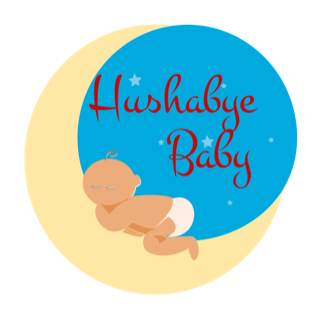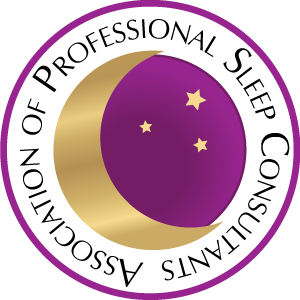Do you know what the opposite to ‘nocturnal’ is? That’ll be what we as humans are. ‘Diurnal’.
In short, we take care of business during the day and get our much needed rest after the sun goes down. Let’s talk about how light and darkness affects sleep.
Why we evolved this way is likely to remain a bit of a mystery. Although plenty of people claim to be ‘night owls’, biologically we humans are built to do our modern versions of hunting and gathering in the daylight. Our eyes don’t adapt to the dark all that well, we don’t have the echolocation skills of the bat, and we rely on the sun for our vitamin D. Since evolution is a painfully slow process, that’s the way it’s going to be for another couple million years, at least.
Light and darkness affects sleep
There are some really sweet benefits that come with being daytime creatures, and one of my favourites is a little thing called circadian rhythm.
The circadian rhythm, as you may already know, is the internal clock in the human body that prompts us to wake up in the morning and go to sleep at night. Much like a clock, it has a LOT of moving parts, only instead of gears and springs, it’s made up of stimuli and hormones.
Two of these hormones are going to play the starring roles in our story. Melatonin and cortisol.
If you’ve got a baby who’s having a hard time sleeping, you have no doubt heard a lot about both of these guys.
Melatonin
Melatonin is produced in the pineal gland of the brain. It’s role is to help the body relax. Both mentally and physically. Plus help us get to sleep, and stay asleep. So when your baby gets a 11-12 hour stretch of glorious sleep, you can thank their pineal gland for firing up those melatonin pumps. The highest levels of this melatonin production for babies and young children happens around 7pm. This is why it is the perfect bedtime for them.
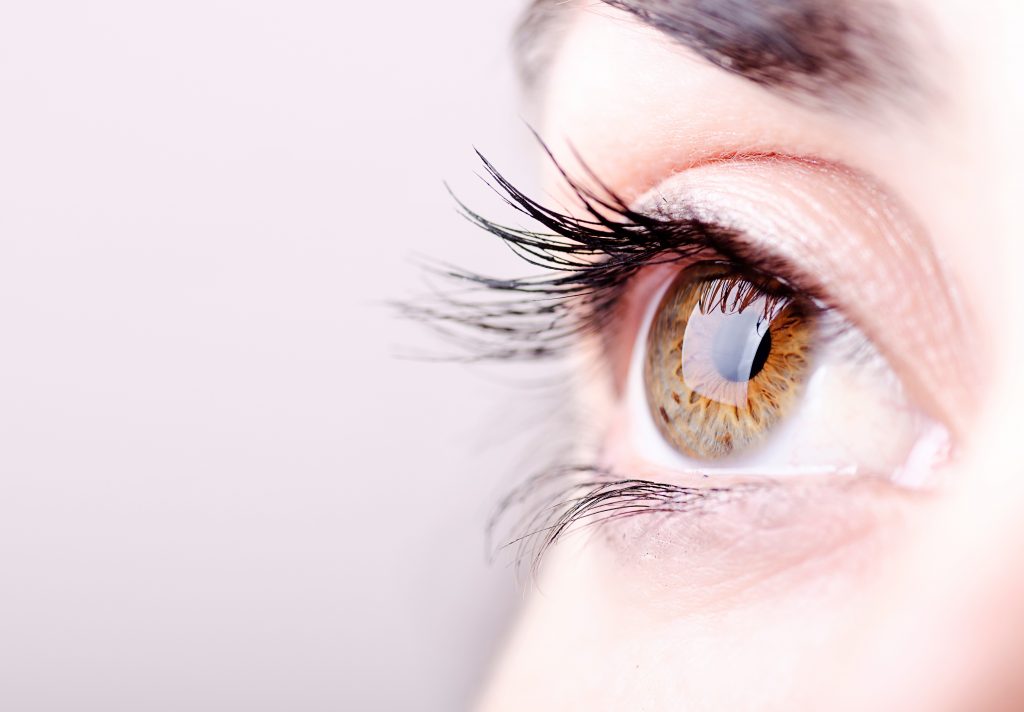
You can also thank the daylight. Exposure to the sun stimulates melatonin production. Production, mind you. Not secretion. The build up of melatonin is stimulated by exposure to sunlight. So it’s not just an old wives tale. Getting your baby outside during the day really does help them sleep better at night!
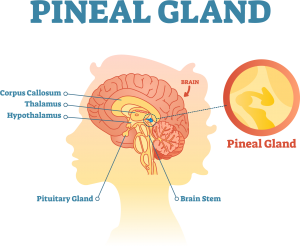 Once night time rolls around, the sun goes down, and our eyes stop taking in light, the brain responds by releasing those stores of melatonin that it built up during the day. That signals our muscles to relax. It tells the brain to ease back on the thinking, and allows us to drift peacefully off to sleep. Hopefully for a long, restful night.
Once night time rolls around, the sun goes down, and our eyes stop taking in light, the brain responds by releasing those stores of melatonin that it built up during the day. That signals our muscles to relax. It tells the brain to ease back on the thinking, and allows us to drift peacefully off to sleep. Hopefully for a long, restful night.
Come morning, the blue light from the sun starts to permeate the thin skin of our closed eyelids, signaling the brain that it’s time to get back into gear. After all, we’ve got hunting and gathering to do!
So now our brain is going to help us get out of bed, shake off those cobwebs, and get on with our tasks for the day. It’s going to do that, in part, by telling our adrenal glands to pump out some cortisol.
Cortisol
Now, cortisol gets a bad rap in my opinion because people associate it with stress. This seems especially true if you have a baby at home. Crying, stress, and cortisol often get packaged together, unfairly so. “Baby’s crying? That’s because their cortisol levels are elevated and it’s causing them stress”. Or maybe it’s the other way around. “They’re stressed and that makes them cry, and that spikes their cortisol levels. It’s a combination of stress, cortisol, and crying. That’s your baby’s issue.”
The truth is, cortisol is a very beneficial hormone. It regulates metabolism, blood pressure, blood sugar, suppresses inflammation, and regulates the body’s stress response. It’s not some toxic stimulant that causes us to freak out. It has a ton of benefits. One of which is that it perks us up and keeps us alert during the day.
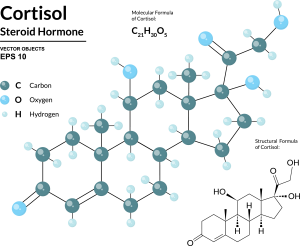
This whole intricate dance between light and dark, cortisol and melatonin, awake and asleep, evolved over an incredibly long time. It worked like magic up until, relatively speaking, very recently, when we discovered that we could pass an electric current along a filament and “artificially” illuminate our surroundings. Before that, we relied exclusively on fire, and fire emits very little blue light.
Artificial light
Light bulbs, depending on their hue, emit quite a bit of it. TVs, LEDs, computer monitors, iPads, smartphones, and all of those other screens that surround us in the modern day, absolutely flood our eyes with it. Unfortunately, all of that blue light coming at us in hours when we would normally be enveloped in darkness signals the brain that it’s still daytime, and inhibits the release of melatonin. Making it harder to get to sleep.
Since we can’t reasonably get rid of all of the sources of blue light around us, the best thing to do for our little one’s sleep is to turn off those really intense sources (particularly tablets, ipads and phones) around an hour before they go to bed. We also want to make sure their sleeping area is as dark as we can get it. I’m talking real dark. Can’t see your hand in front of your face kind of dark. Some blackout blinds can be a game changer, especially if you live somewhere where the days get exceptionally long in the summer.
So that’s the story of the circadian rhythm. It’s daily heroic effort to keep us running at peak performance and how light and darkness affects sleep.
It really is a fascinating little piece of our physiology, and with just a little support from our side, can work wonders in getting us out of bed with energy and enthusiasm. Helping us feel relaxed and peaceful when it’s time to sleep.
Work with it instead of resisting it and I guarantee, you’ll start seeing, and feeling, the results immediately.
For personalised help to teach your little one to fall asleep independently, please reach out.
